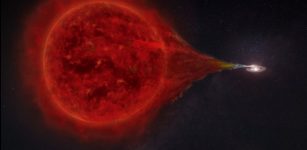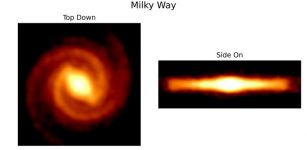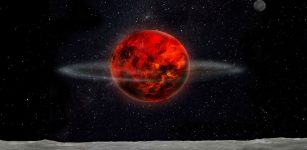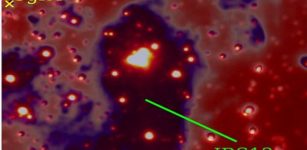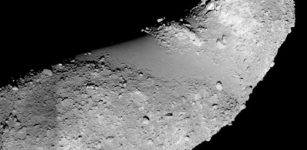‘Oumuamua With Highest Eccentricity Ever Observed, Originates From Binary Star System
MessageToEagle.com – ‘Oumuamua, the rocky object identified as the first confirmed interstellar asteroid, originates from a binary star system and was most probably ejected during the formation of planets.
Binary systems are very efficient at ejecting rocky objects, and that a sufficient number of them exist, according to a new study published in the journal Monthly Notices of the Royal Astronomical Society: Letters.
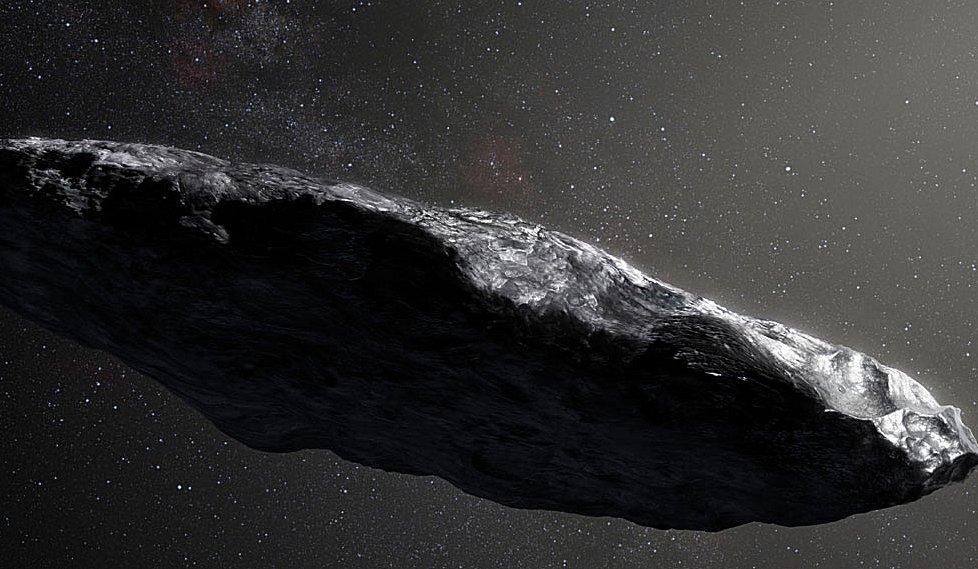
“It’s really odd that the first object we would see from outside our system would be an asteroid, because a comet would be a lot easier to spot and the Solar System ejects many more comets than asteroids,” said lead author Dr Alan Jackson, a postdoc at the Centre for Planetary Sciences at the University of Toronto Scarborough in Ontario, Canada, who specializes in planet and solar system formation.
Jackson and his team determined that ‘Oumuamua probably came from a system with a relatively hot, high mass star since such a system would have a greater number of rocky objects closer in.
Based on ‘Oumuamua’s trajectory and speed, an eccentricity of 1.2 – classifies its path as an open-ended hyperbolic orbit – and such a high speed meant it was not bound by the gravity of the Sun.
Interesting is that ‘Oumuamua’s orbit has the highest eccentricity ever observed in an object passing through our Solar System
See also:
Cucumber-Shaped Asteroid ‘Oumuamua’ Had A Violent Past – Researchers Say
‘Oumuamua, which is Hawaiian for ‘scout’, was first spotted by the Haleakala Observatory in Hawaii on 19 October 2017. With a radius of 200 meters and travelling at a blistering speed of 30 kilometers per second, at its closest it was about 33,000,000 km from Earth.
When it was first discovered researchers initially assumed the object was a comet, one of countless icy objects that release gas when they warm up on approaching the Sun.
But it didn’t show any comet-like activity as it neared the Sun, and was quickly reclassified as an asteroid, meaning it was rocky.
There are still many questions about ‘Oumuamua and planetary scientists like Jackson, hope to observe other objects like ‘Oumuamua and shed light on formation of planets in other star systems.
“The same way we use comets to better understand planet formation in our own Solar System, maybe this curious object can tell us more about how planets form in other systems.”
MessageToEagle.com


